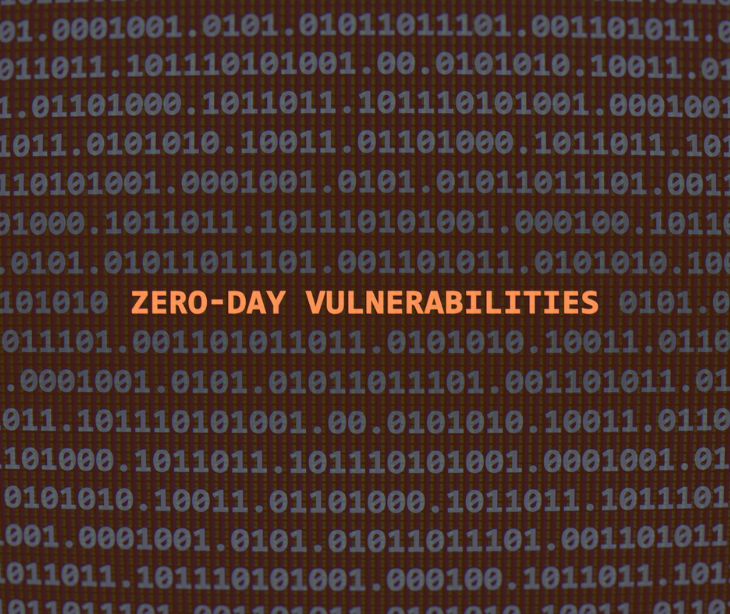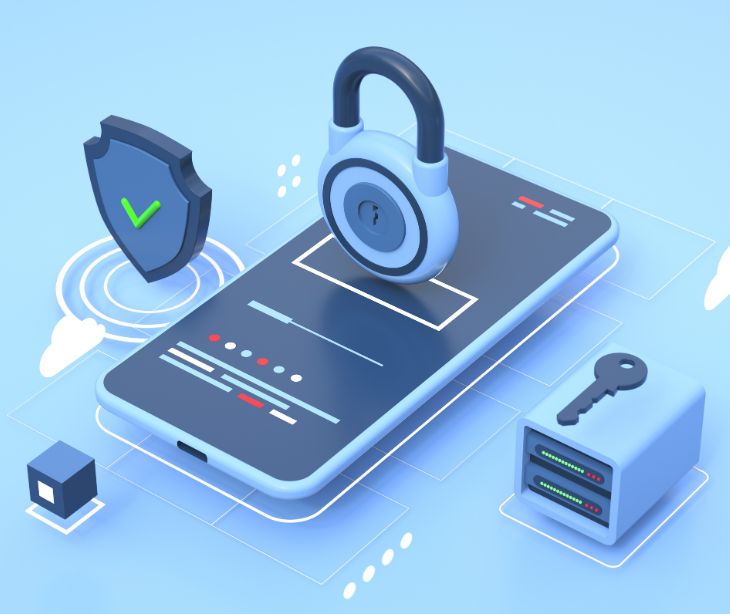3 min read
How to manage persistent threats and zero day vulnerabilities
Kirsten Peremore
September 16, 2023

Persistent threats and zero-day vulnerabilities can disrupt healthcare operations, affecting patient care and safety. For instance, attacks may lead to the unavailability of critical medical systems, causing treatment delays or errors. Due to the potential impact of these threats, it is necessary for practices to implement safeguards against them.
What are zero-day vulnerabilities?
Zero-day vulnerabilities refer to a more recently discovered weakness in computer systems, software applications, hardware, or firmware. These vulnerabilities are called "zero days" because they are exploited by hackers before the software or system's developers have had any opportunity ("zero days") to create and release a fix or patch.
Since these vulnerabilities are not yet known to the software or hardware creators, they pose a significant cybersecurity risk. Hackers can take advantage of zero-day vulnerabilities to launch attacks, gain unauthorized access to systems, steal sensitive data, or carry out malicious activities. Zero-day vulnerabilities are particularly dangerous because they are challenging to detect and defend against until a security patch or solution is developed and deployed.
What is the impact of persistent threats?
The impact of persistent threats, often referred to as Advanced Persistent Threats (APTs), can be profound and damaging. APTs are long-term cyberattacks where adversaries continuously and stealthily target a specific organization's information systems. These threats are highly concerning because they aim to infiltrate and remain undetected for extended periods, allowing attackers to steal sensitive data, disrupt operations, or achieve malicious objectives. The consequences of APTs can include:
- Compromised intellectual property
- Breach of confidential patient records in healthcare
- Even threats to national security
See also: The Joint Commission releases guidance on cyberattack response
How zero-day vulnerabilities and persistent threats are utilized by hackers simultaneously
Zero-day vulnerabilities and persistent threats can be used together by cybercriminals to create a potent and highly effective attack strategy. When a hacker discovers and exploits a zero-day vulnerability, they gain access to a target system in a way that is unknown to the system's developers, making it difficult to detect or defend against.
Once inside, the attacker can establish a persistent presence, remaining hidden for an extended period. This combination allows them to steal sensitive data, carry out malicious activities, or disrupt operations without being noticed. This means zero-day vulnerabilities provide the initial entry point, and the persistent threat ensures ongoing access and exploitation, making it a particularly dangerous and challenging security scenario for organizations to defend against.
Possible impacts include:
- Data breaches: Persistent attackers can steal sensitive patient data, including medical records and personal information, leading to data breaches that violate patient privacy and may result in legal consequences.
- Intellectual property theft: Healthcare research organizations may suffer intellectual property theft, jeopardizing valuable medical research and innovation.
- Disruption of healthcare services: Attacks can disrupt critical healthcare services and patient care, potentially endangering lives if medical systems are compromised or unavailable.
- Loss of patient trust: Patients may lose confidence in healthcare practices that fail to protect their data, leading to decreased patient satisfaction and potential patient loss.
- Patient safety risks: In cases where medical devices or systems are compromised, there may be risks to patient safety, including incorrect diagnoses or treatments.
- Extended recovery period: Recovering from persistent threats can be time-consuming and expensive, with long-lasting repercussions for the organization's operations and financial health.
How do we minimize zero-day vulnerabilities in healthcare practices?
- Network segmentation: Segregate networks and data to limit the potential spread of attacks in case of a breach. Organizations should make sure to implement strong access controls between network segments.
- Intrusion Detection Systems (IDS) and Intrusion Prevention Systems (IPS): Deploy IDS and IPS solutions to monitor network traffic for suspicious activities and respond in real-time.
- Security Information and Event Management (SIEM) Systems: Utilize SIEM systems to centralize log data and analyze it for unusual activities.
- Incident response plan: Develop and maintain a comprehensive incident response plan that includes specific procedures for addressing zero-day vulnerabilities. Test this plan through regular drills and simulations.
- Zero-day vulnerability tracking: Stay informed about emerging zero-day vulnerabilities through threat intelligence sources and cybersecurity news. Establish a process for rapid evaluation and response when new vulnerabilities are identified.
- Security audits and penetration testing: Regularly audit and assess the security posture of your systems through penetration testing and security audits.
HIPAA compliant methods of handling persistent threats
- Endpoint Detection and Response (EDR): Deploy EDR solutions to monitor and respond to threats at the endpoint level, including individual devices.
- Data encryption: Encrypt protected health information (PHI) at rest and in transit, including using HIPAA compliant email to protect PHI from unauthorized access or data breaches.
- Access controls: Enforce strong access controls, limiting access to PHI based on the principle of least privilege.
- Continuous monitoring: Implement continuous monitoring practices to detect and respond to threats in real-time. Regularly review audit and system activity logs for signs of unauthorized access or suspicious behavior.
- Security information sharing: Participate in healthcare industry information-sharing forums and organizations to stay informed about emerging threats and share best practices.
- Vendor support and patch management: Staying in contact with software and hardware vendors allows practices to receive timely security updates and patches. Ensuring that these patches are applied promptly is necessary to address known vulnerabilities, assist in preventing cyberattacks, and protect patient data.
Prevention and preparation are the best protection against ransomware
Nobody wants to deal with ransomware or the fallout of a HIPAA breach with law enforcement agencies. The best way to protect your company and your clients' data is to organize your systems to avoid the risk of ransomware at all times.
Take a proactive approach to avoid having to react to a bad situation in progress. You and your staff should always be vigilant and aware. The extra time you take to implement security and otherwise address potential problems is well worth the effort. Being prepared is undoubtedly the preferred approach versus scrambling to find and restore precious information, alerting people of a data breach, and potentially losing the trust and business of clients.
Subscribe to Paubox Weekly
Every Friday we'll bring you the most important news from Paubox. Our aim is to make you smarter, faster.



